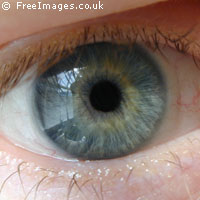EU project builds European infrastructure for testing biometrics technologies
An EU-funded project has begun work on setting up a European infrastructure for the testing and certification of biometrics components and systems. Biometric recognition systems measure the behavioural or physical traits of people. These can be as varied as iris images, fingerprints, the structure of veins in the hand, or even an individual's typing rhythm. The systems are currently used by national governments for border controls, and the EU is looking to develop a coherent approach for Europe. The technology is used to detect illegal immigration, and to identity theft and security threats. The BioTesting Europe project is seeking to establish European interoperability for large-scale cross-national identity management systems, such as passports, visas and ID cards. The project will also help to establish European centres for the testing and certification of these biometric components and systems. 'In order to establish European interoperability within large identity management systems, more specific requirements for designing testing and evaluation schemes are needed,' explains Max Snijder, the project coordinator from the European Biometrics Forum. 'An integrated and European approach is the absolute success factor in achieving these goals. That means simultaneous actions are needed that facilitate alignment between all levels of stakeholders that are involved: end users, testing laboratories, accreditation organisations and industry.' The project has begun outlining the need for testing and certification schemes, and will then make an inventory of existing capabilities, mapping user requirements and defining the business case. Ultimately, the project will establish a European Biometric Testing and Certification Roadmap for further research and development. BioTesting Europe is funded under the EU's Sixth Framework Programme under its 'preparatory action for security research' theme. It is being coordinated by the European Biometric Forum, and involves the UK's National Physical Laboratory, Germany's Fraunhofer-Institut für Graphische Verarberaitung (IGD), and the European Commission's Joint Research Centre (JRC).



